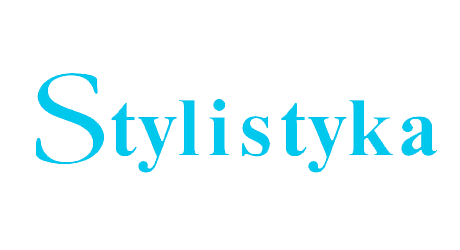

The aim of this paper is to present interpretations of two poems by Jan Twardowski, entitled przepiórka [a quail] and wieczność [eternity]. The interpretations focus on the conceptualization of two opposite TIME categories, MOMENT and ETERNITY.
In przepiórka, the poet describes two important moments in the life of a human being, the moment of birth and the moment of death. The moment of birth (the metaphorical east), occurring early, is white and light, whereas death comes at twilight (late) and
it is dark. However, both moments are characterized as nude, sincere and pure. The uncovering of the axiological load in the description of these two moments plays a crucial role in the interpretation of the poem.
In the poem wieczność, two lines are repeated three times: eternity was with us all the time / and it [only] seemed to us.
These two lines provide the key to interpretation of the poem. The time spent on earth is viewed from the psychological perspective of human beings subjectively experiencing the passing of time. It seems to them that they have too little time and that they
waste it. The constant presence of eternity means that God accompanies them.
Although the two poems focus on opposite time categories, they convey a common
message: everything human beings experience depends on God’s will.
##plugins.themes.libcom.download_files##
##plugins.themes.libcom.cit_rules##
##plugins.themes.libcom.licence##

Tato práce je licencována pod Mezinárodní licencí Creative Commons Attribution-NonCommercial-ShareAlike 4.0.